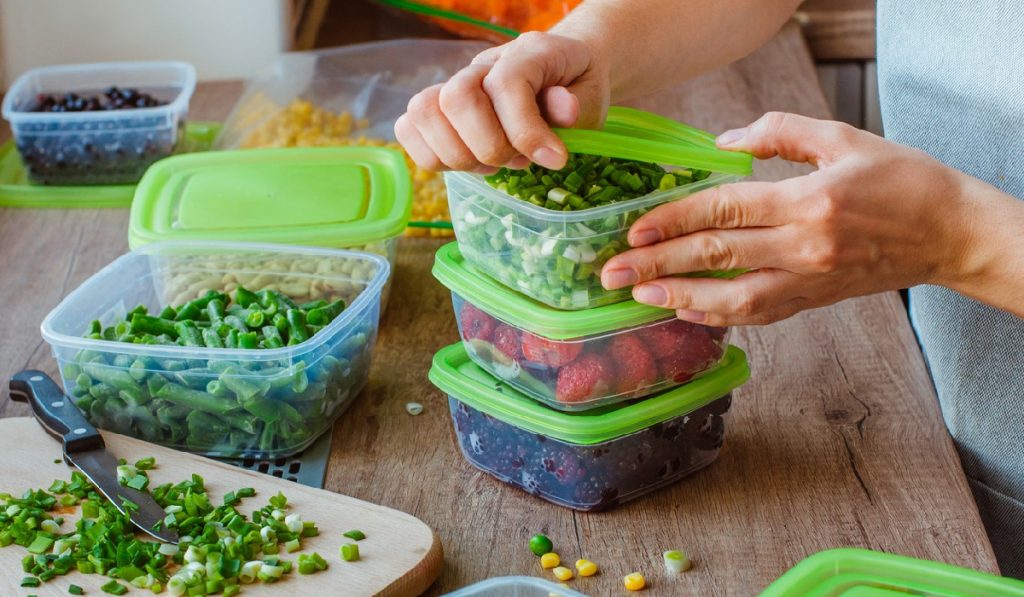Nutritionist-Approved Tips for Washing And Storing Fruits and Vegetables

Having access to fresh fruits and vegetables is essential for a healthy diet. But, if you’re not washing and storing them properly, you may not get as many nutrients as you expect. That’s why we’ve teamed up with a nutritionist to provide you with her best tips for washing and storing fruits and vegetables.
Whether you’re shopping for produce at your local market or straight from a farm, handling them correctly is essential. Our nutritionist will explain the best methods for washing and storing fruits and vegetables so that you can get the most out of your produce. We’ll also provide easy tips on telling when produce is ripe and ready to be eaten, so you can make sure your entire family is eating the freshest produce available.
Washing Fruits and Vegetables
The Importance of Washing
Washing fruits and vegetables before eating them is especially important when non-organic produce is consumed because chemical residues may be present on the surface from fertilizers or pesticides used in the production process. Additionally, dirt or other residues may be present on the surface due to handling or travel from the farm to the store/market. Thus, it is essential to thoroughly wash all fruits and vegetables before consuming them to reduce any potential exposure to contaminants or bacteria that might be present on the surface of the produce.
How to Wash
When washing fruits and vegetables, it is best to use cold running water for about thirty seconds to one minute, depending on the type of produce being cleaned, and to gently use a vegetable brush to scrub residue. When washing leafy greens such as spinach or kale, it is essential to submerge them thoroughly in a bowl of cold water with a splash of white vinegar or lemon juice added. Wash the leaves for about ten seconds, then rinse with cold water for one minute before draining thoroughly with paper towels or a kitchen towel before storing in the refrigerator crisper drawer or using immediately.
Safety Tips for Washing
It is essential not to use soap when washing fruits and vegetables as residue could remain on the surface. There is no need to use soap because running water alone is sufficient to remove contaminants from the surface of produce items. It is also a good practice not to soak things in the water for extended periods as this, too, can lead to nutrient loss (especially in Vitamin C).
Storing Fruits and Vegetables
Refrigeration
Fruits and vegetables bought beforehand should be appropriately stored to maximize their nutritional value. It’s best for most items, such as apples, oranges, avocados, cauliflower, mushrooms, etc., to be stored in the refrigerator until ready for use (best within 1-2 weeks from purchase).
Freezing
Many types of fruits and vegetables can also be frozen for later use; for example, raspberries, strawberries, blueberries, blackberries, cauliflower florets, broccoli florets, etc. Try and keep frozen items for no longer than three months, but ideally, consume them within one to two months.
Pantry Storage
Items like citrus fruits (lemons/limes/oranges), potatoes, onions, etc., do not need refrigeration after purchase. Instead, they should be kept in a dark, cool place like a pantry cabinet. Keep them away from direct sunlight, and they’re best stored in breathable bags.
Conclusion
Proper washing and storing techniques are essential for getting the most nutrition from your fruits and vegetables. With the tips our nutritionist provides, you can easily maximize their nutritional benefits. Make sure to buy a variety of colors and organic items when available, and always make sure to wash them thoroughly and store them in the refrigerator or freezer when needed. By following these tips, you can enjoy the freshest fruits and vegetables all year round.